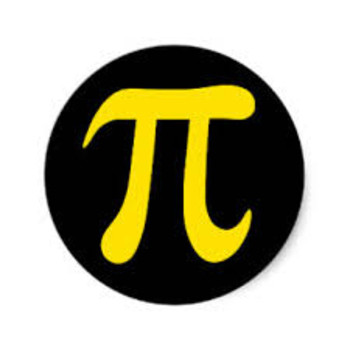A pet store has 4 poodles, 3 terriers, and 2 retrievers. If Rebecca and Aaron (in that order) each select a puppy at random, without replacement, what is the probability that Aaron selects a retriever given that Rebecca selects a poodle?
2 Answers
The probability is
Explanation:
In this task you have 2 events and you are looking for a conditional probability. The first event is "Rebecca chooses a poodle". The probability of this event is
because among 9 dogs there are 4 poodles.
The second event is "Aaron selects a retriever".
This event has a probability of
To calculate probability of both events ("Rebeca selects a poodle and Aaron selects a retriever") you have to multiply both calculated probabilities:
Explanation:
There are 2 ways of interpreting this question...
I the understand the question as asking just about Aaron's choice. The fact that Rebecca has already chosen a poodle means that there are 8 puppies left.
So, just for Aaron, the probability is:
P(retriever) =
However, if the question is to be read as;
"What is the probability that Rebecca chooses a poodle and Aaron chooses a retriever in this order", then we need to include Rebecca's choice.
P(poodle,retriever) =
=

